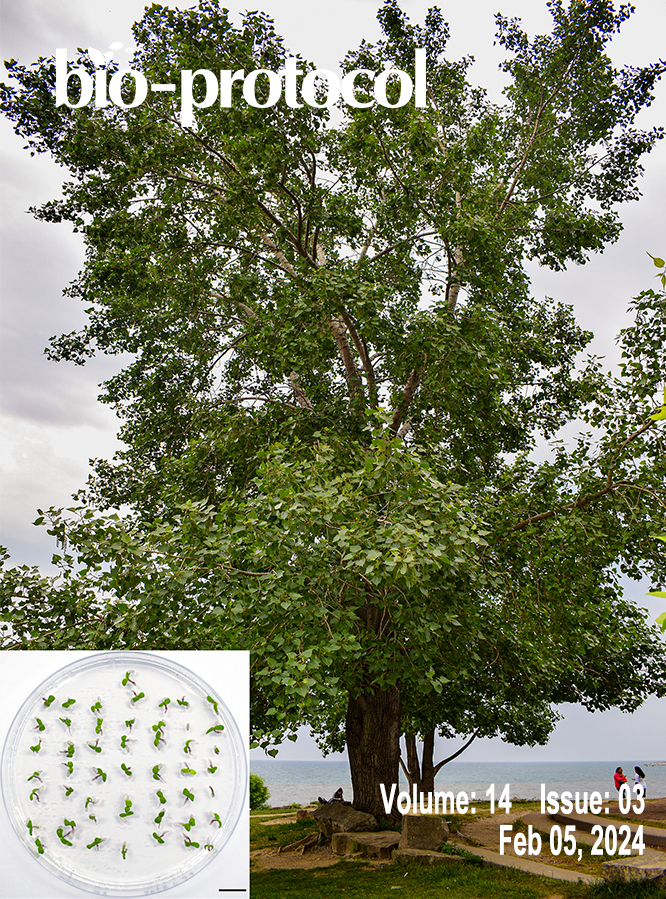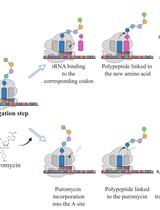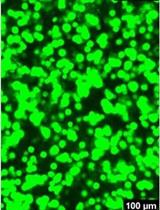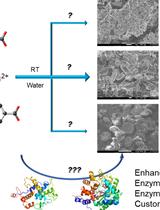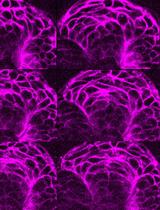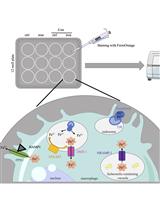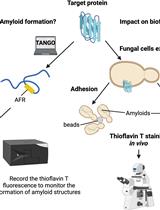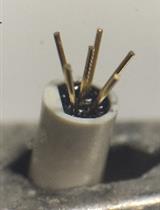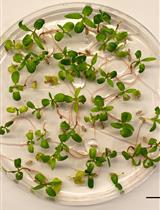Seed Collection in Temperate Trees—Clean, Fast, and Effective Extraction of Populus Seeds for Laboratory Use and Long-term Storage
Seeds ensure the growth of a new generation of plants and are thus central to maintaining plant populations and ecosystem processes. Nevertheless, much remains to be learned about seed biology and responses of germinated seedlings to environmental challenges. Experiments aiming to close these knowledge gaps critically depend on the availability of healthy, viable seeds. Here, we report a protocol for the collection of seeds from plants in the genus Populus. This genus comprises trees with a wide distribution in temperate forests and with economic relevance, used as scientific models for perennial plants. As seed characteristics can vary drastically between taxonomic groups, protocols need to be tailored carefully. Our protocol takes the delicate nature of Populus seeds into account. It uses P. deltoides as an example and provides a template to optimize bulk seed extraction for other Populus species and plants with similar seed characteristics. The protocol is designed to only use items available in most labs and households and that can be sterilized easily. The unique characteristics of this protocol allow for the fast and effective extraction of high-quality seeds. Here, we report on seed collection, extraction, cleaning, storage, and viability tests. Moreover, extracted seeds are well suited for tissue culture and experiments under sterile conditions. Seed material obtained with this protocol can be used to further our understanding of tree seed biology, seedling performance under climate change, or diversity of forest genetic resources.Key features• Populus species produce seeds that are small, delicate, non-dormant, with plenty of seed hair. Collection of seed material needs to be timed properly.• Processing, seed extraction, seed cleaning, and storage using simple, sterilizable laboratory and household items only. Obtained seeds are pure, high quality, close to 100% viability.• Seeds work well in tissue culture and in experiments under sterile conditions.• Extractability, speed, and seed germination were studied and confirmed for Populus deltoides as an example.• Can also serve as template for bulk seed collection from other Populus species and plant groups that produce delicate seeds (with no or little modifications).Graphical overview


